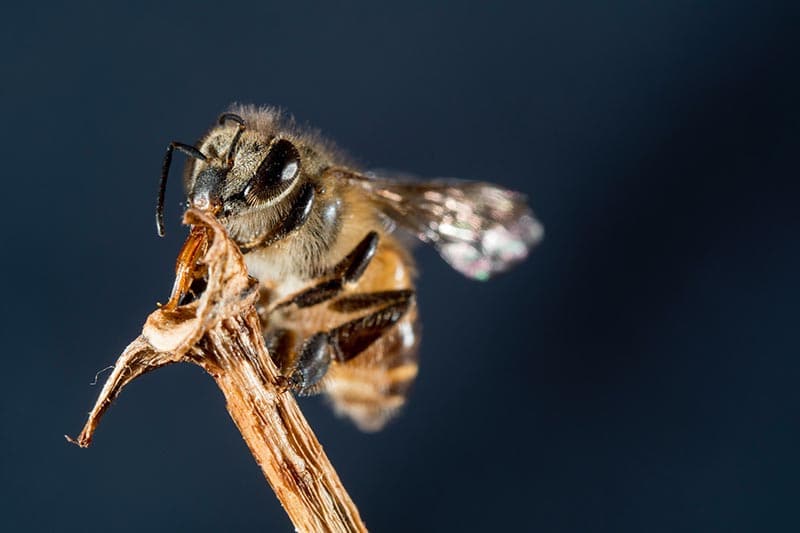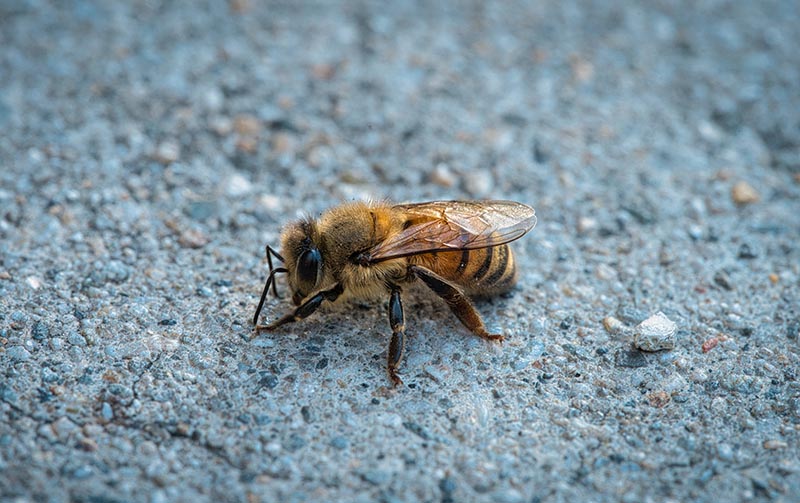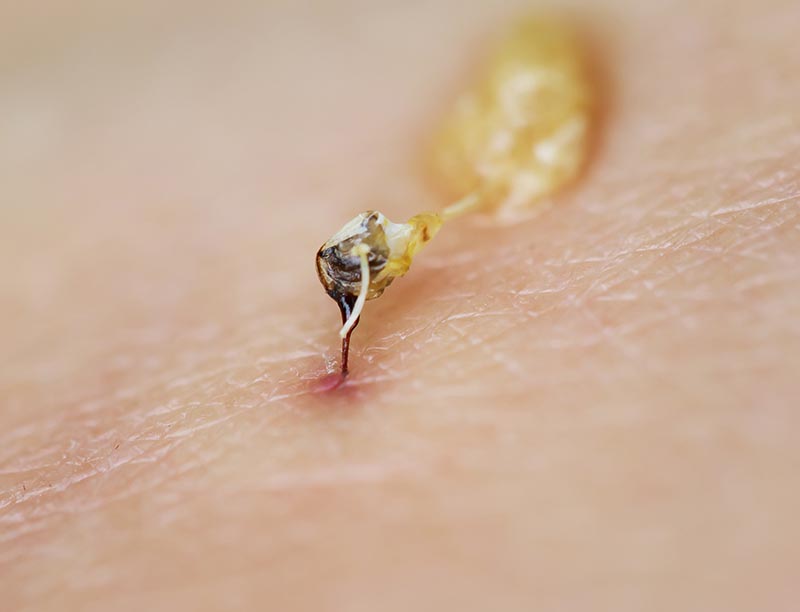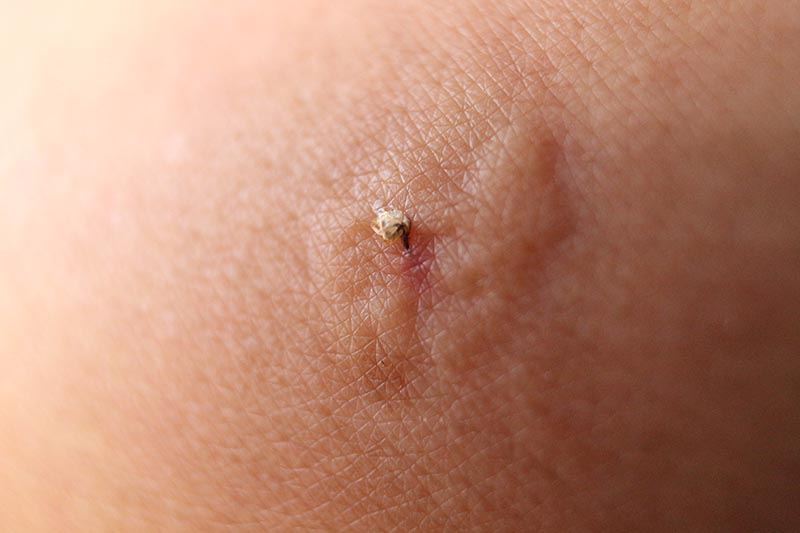Do Bumble Bees Sting? Causes, Effects & Treatment
-
Ed Malaker
- Last updated:

Many of us have heard about the importance of bumble bees to the environment, as well as their declining numbers. Some gardeners are trying to help by planting more flowers. However, some plants, like the rose bush, can attract many bees, leading people to worry that they might get stung. Bumble bees do sting, but it’s rare, so keep reading as we explain what might cause a bumble bee to sting and what you can do to avoid it.
Will a Bumble Bee Sting Me?
The stinger on a bumble bee is part of the female reproductive system, so only female bees can sting you. The male does not have a stinger and poses no threat. Male bumble bees are usually fluffier than females, and their antennae are longer. The females collect pollen and will have flattish pollen collectors on their back legs that might contain a large deposit of pollen.

Do Bumble Bees Die After They Sting?
No. The bumble bee stinger is a straight, needle-like object that is inserted into the skin and can be removed without damaging itself. The bee can continue to sting you over and over again if it chooses. Many other bees, like the honey bee, have a barb at the end of the stinger that prevents the bee from removing it once it stings you. When it flies off, the stinger remains, ripping out important organs attached to it in the process, resulting in the bee’s death.
What Causes the Bumble Bee to Sting?
The bumble bee is a peaceful insect that is unlikely to attack or sting, even when you are nearby, leading many people to call it a gentle giant. In most cases, to get stung, you will need to provoke the bee by hitting it, trying to trap it, or getting too close to its nest. Certain scents from perfume, aftershave, or even perspiration might also cause a bumble bee to attack.

How Do I Know Where a Bumble Bee Nest Is?
Bumble bees make their nests in the ground, so they can be difficult to see. They like areas where many grass clippings build up, and they frequently use abandoned mouse holes or the holes of other small animals. If you see several bees hovering together just above the ground, there is a good chance that there is a hive nearby.
What Happens If I Get Stung by a Bumble Bee?
Fortunately, bumble bee stings are rarely life-threatening, but they are painful, and you may experience several symptoms.
- Many people experience pain or a burning sensation at the site of the sting that lingers for several minutes to several hours.
- You can also experience swelling around the sting. The swelling is usually minor unless you are allergic, but the swelling can become more severe if you receive several stings. Stings to the face and neck can cause swelling that compromises breathing.
- Your skin can become pink or red at the site of the swelling after a sting, and it may even feel warm to the touch as your immune system fights the toxin from the bee.
- The site of the bee’s sting will likely get itchier and itchier as it heals, which can take several days.
- Call a physician immediately if you experience difficulty breathing, vomiting, rapid heart rate, swelling tongue, or hives after being stung.

How Do I Treat a Bee Sting?
- If you get stung by a bumble bee, move to another location so you don’t get stung again, since there is a high likelihood that you are near a nest.
- Wash the sting area with warm water and a mild cleanser.
- Rinse well to soothe the wound under the water.
- Create a paste out of baking soda and water, and apply it to the site of the sting to help draw out the toxic venom from the sting. Let it sit for about 20 minutes. Covering it with a bandage or gauze will help keep it in place longer.
- Applying a cold pack to the site of the sting will help reduce pain and swelling, and it will also help slow the spread of venom.
- Antihistamines like Benadryl can help reduce swelling and itching from the sting.
Conclusion
Unfortunately, bumble bees can and do sting, though it’s unlikely you have any cause for concern. These bees are gentle giants and will only sting if you get too close to their nest by accident or try to force them into an enclosed space. However, a single bee can sting several times, and each sting will be painful and may result in swelling, itching, and redness. If you notice any other symptoms, you should contact a doctor immediately.
Featured Image Credit: Agto Nugroho, Unsplash
Contents

